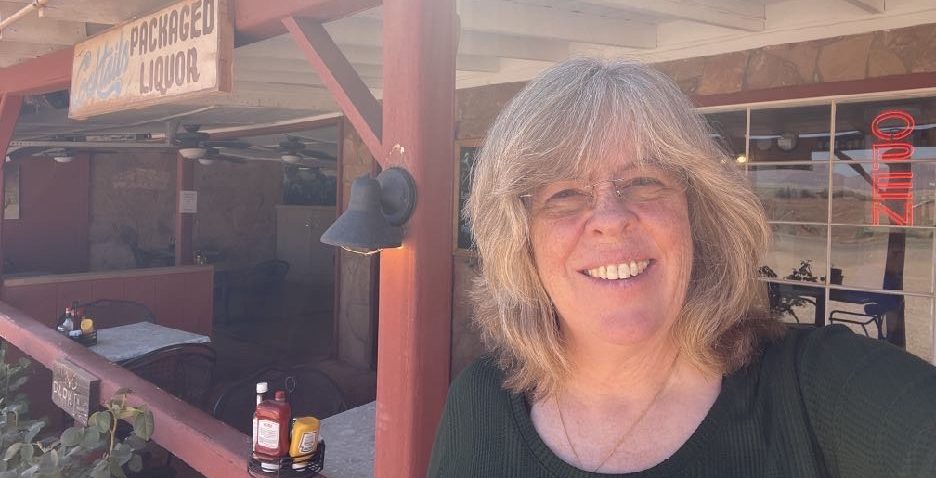I Was the Only One Who Could Do It!
Shane came home from school and told us that a friend of his “tested” everyone at lunch.
“Tested you for what?” I asked.
“It was a big word,” he said. “I don’t remember what it’s called. But I was the only one who had it.”
Shane looked a little concerned.
“What was the test?” I asked, suddenly feeling a little concerned myself.
“Well, he asked everybody if they could name colors with letters,” he said. “Like the letter ‘A’ is green, ‘B’ is blue, ‘C’ is red….” Shane listed a dozen letters and their respective colors.
My jaw dropped. I needed to know. “You see colors when you think about letters?”
“Yeah,” he said. “But I was the only one who could do it!”
I read a book a few years ago – a fascinating book called Born on a Blue Day. The man saw the days of the week as colors, and it so happened that the day he was born was a “blue” day in his mind.
It was written by Daniel Tammet – an autistic savant.
After some quick research, I discovered the word I was looking for: synesthesia. Neuroscience for Kids According to the website, “” (which is all the neuroscience I can handle):
Synesthesia can involve any of the senses. The most common form, colored letters and numbers, occurs when someone always sees a certain color in response to a certain letter of the alphabet or number. For example, a synesthete (a person with synesthesia) might see the word “plane” as mint green or the number “4” as dark brown.
I read Born on a Blue Day because ADHD is on the autism scale, and I thought I might get clues into the way Dylan’s brain works.
But I remember thinking that Shane had some things in common with the author, too. In fact, when Shane was younger, I took several online quizzes to see if he might have Asperger’s Syndrome – and at least one of those quizzes was triggered by my reading that book.
Synesthesia is, in fact, associated with various forms of autism. The study samples have been small (200 adults) but the results have been conclusive: this condition is found more often in people diagnosed with autism spectrum disorders. (In England, apparently, “synesthesia” is spelled with an extra “a.”)
The study found one in five adults with autism spectrum conditions – a range of related developmental disorders, including autism and Asperger’s syndrome – had synaesthesia compared with about 7% of people with no signs of the disorders.
Like the study I found about Dylan’s brain years before a larger study confirmed it, these results aren’t making the “big” U.S. headlines – yet. This study is at least three years old – but it’s not quite trendy or interesting enough yet to warrant further studies. Or maybe it’s warranted further studies, but we haven’t gotten the results yet. These studies take an absurd amount of time in our bureaucratic system.
I am testing Shane for synesthesia nonetheless.
